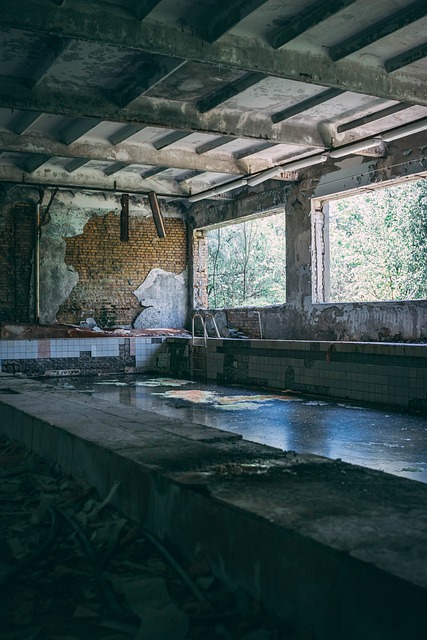Rebuilding after a fire or flood in the Texas Hill Country presents unique challenges due to hilly terrain, dense vegetation, and varied soil types. Key steps include strategic debris removal, prioritizing environmental protection and worker safety, tailored planning based on local knowledge, collaboration between authorities and contractors, and community engagement for effective reconstruction that aligns with residents' visions while fostering trust and sustainable outcomes.
After a devastating fire or flood in the Texas Hill Country, efficient disaster reconstruction begins with meticulous debris removal. This critical process presents unique challenges due to the region’s rugged terrain and diverse debris types. This article explores effective strategies tailored for rural areas, emphasizing community engagement as a vital partner in rebuilding efforts. We delve into understanding local complexities, implementing sustainable solutions, and fostering resilient communities in the wake of these natural disasters.
- Understanding the Unique Challenges of Texas Hill Country Debris Removal
- Efficient Strategies for Post-Fire or Flood Debris Clearance in Rural Areas
- Community Engagement and Disaster Reconstruction: A Vital Partnership
Understanding the Unique Challenges of Texas Hill Country Debris Removal

Reconstructing and recovering from disasters like fires or floods in the Texas Hill Country presents unique challenges due to the region’s distinct geographical features and environmental conditions. The hilly terrain, dense vegetation, and varied soil types can complicate debris removal operations, requiring specialized equipment and strategies tailored for this specific landscape.
When a fire or flood strikes, the immediate priority is clearing access roads and paths to facilitate emergency services and subsequent reconstruction efforts. Debris from damaged structures, including charred remains after a fire or mud and sediment after flooding, must be carefully managed to prevent further environmental degradation and ensure the safety of workers. In the Texas Hill Country, where natural beauty is a key attraction, proper debris removal also plays a crucial role in preserving the region’s unique ecological balance and scenic charm during the rebuilding process.
Efficient Strategies for Post-Fire or Flood Debris Clearance in Rural Areas

In the aftermath of a fire or flood, efficient debris removal is crucial for rebuilding efforts in rural areas like the Texas Hill Country. The first step involves assessing damage and prioritizing hazardous materials, such as asbestos or contaminated water sources. Local authorities and specialized contractors should collaborate to coordinate safe clearance, ensuring minimal environmental impact.
Implementing strategic plans tailored to the region’s unique challenges is key. This may include employing local knowledge for efficient navigation through rugged terrain, utilizing advanced equipment for rapid debris removal, and facilitating donation collection for reusable materials. Effective communication with residents ensures a smooth process, fostering community support in the recovery and rebuilding of their homes and landscapes.
Community Engagement and Disaster Reconstruction: A Vital Partnership

In the aftermath of a devastating fire or flood in the Texas Hill Country, effective disaster reconstruction cannot be achieved without robust community engagement. Locals possess unique knowledge and insights into their surroundings, historical context, and personal connections that are invaluable for tailoring rebuilding efforts to meet specific needs. By actively involving residents throughout every phase of debris removal and reconstruction, emergency management teams can ensure projects align with the community’s vision for their homes and neighborhoods.
Community engagement fosters trust, empowers local leadership, and enhances the overall effectiveness of disaster recovery initiatives. It encourages collective ownership and accountability, leading to more sustainable and resilient rebuilding outcomes. When folks from the Texas Hill Country are integrated into decision-making processes, they feel valued and invested in the future of their communities, creating a vital partnership that is crucial for successful reconstruction after disasters.
Reconstructing communities after a devastating fire or flood requires a multifaceted approach. By understanding the unique challenges of Texas Hill Country, implementing efficient debris removal strategies, and fostering strong community engagement, we can accelerate rebuilding efforts and ensure resilient, sustainable recovery. These collaborative actions are key to transforming disaster areas into thriving communities once again.
